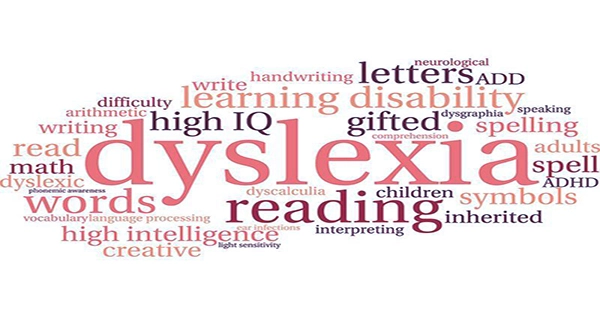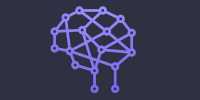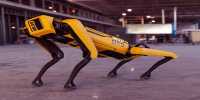One of the first pictures that comes up when you search for stock photos of dyslexia is of a man tied to a large metal ball that has the diagnosis inscribed on it. Others depict a young person waving a “help” sign. There are good aspects of developmental dyslexia that have been generally disregarded, and whether or not we are dyslexic, we may all owe them a great debt. These are probably typical of how the disease is seen in society. The World Federation of Neurology defines developmental dyslexia as “a disorder in children who, despite conventional classroom experience, fail to attain the language skills of reading, writing, and spelling commensurate with their intellectual abilities,” according to a paper published in Frontiers in Psychology.
The majority of the time, it is viewed as a neurological illness and deficit, but one that certain gifted individuals may override. But for forty years, this idea has been challenged by several psychologists. Although it is undeniable that having developmental dyslexia makes some difficult tasks more difficult, neuroscientist Norman Geshwind gathered evidence in the 1980s showing that people with developmental dyslexia typically rank highly on abilities helpful for the creative industries, such as art, architecture, and engineering.
Maybe it’s time to reevaluate the widespread acceptance of dyslexia in a time when Greta Thunberg refers to autism as her “superpower.” Developmental dyslexia may be so prevalent because it offered benefits to our ancestors, according to Drs. Helen Taylor and Martin Vestergaard of Cambridge University. Taylor stated in a statement that “the deficit-centered understanding of dyslexia isn’t presenting the entire story.”
Taylor and Vestergaard believe that the impact of developmental dyslexia on reading is secondary to something more fundamental, which they refer to as a cognitive search strategy that prioritizes exploration above effective resource utilization. The ability to effectively utilize existing food supplies is obviously crucial for a hunter-gatherer group. However, mastering the exploitation of nearby resources too well could prove to be a trap. Such a group may run into difficulty if a tragedy like a drought happened because they wouldn’t be likely to grow their range, either literally or figuratively.
At those time, explorers were a need for every tribe, making the link between developmental dyslexia and exploratory search methods extremely important. According to the Complementary Cognition hypothesis, if a community had a large number of dyslexic individuals, they may not be able to effectively use known food sources, but a small number of ancestors who were dyslexia enhanced the chances of those around them. So the fundamental superpower of mankind, especially in times of transition like climatic instability, was neurological variety.
This goes beyond history. A heritability of at least 60% exists for developmental dyslexia. Taylor stated that many of the decisions we make in our everyday lives are based on finding a balance between looking for new chances and taking advantage of a certain choice. Not every characteristic that helped our ancestors in the Paleolithic is still helpful now. The game has evolved as a result of the recent globalization of a technology called reading that poses issues for persons who utilize a certain search approach. However, Taylor and Vestergaard believe that if our institutions were less strict, developmental dyslexia may have a greater role.
“Exploratory learning is not best facilitated in schools, academic institutions, or businesses. But in order for humanity to continue adapting and overcoming significant obstacles, we urgently need to start fostering this way of thinking, Taylor added. It’s interesting to note that dyslexia is significantly more prevalent than other types of neurodiversity, the significance of which has lately begun to be questioned. In spite of increased rates of diagnosis for both autism and ADHD, between 5 and 20 percent of the population has dyslexia to some degree, making it more prevalent than other conditions.















